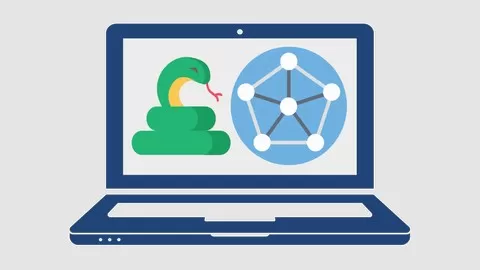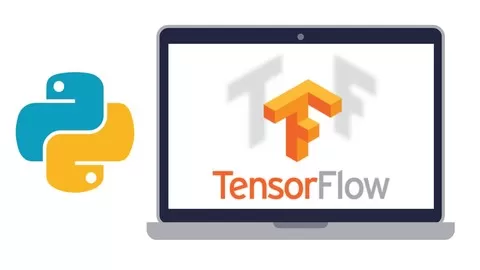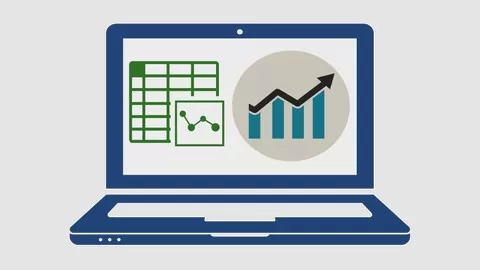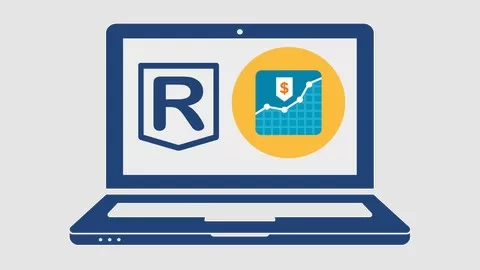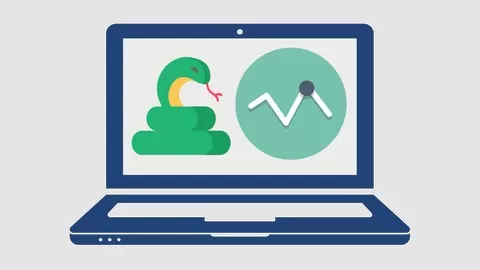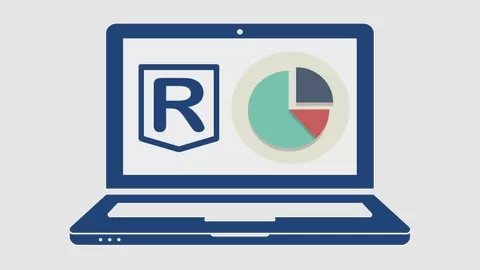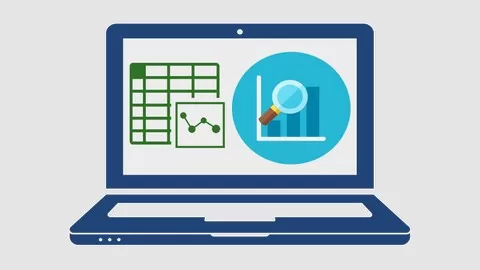Learn deep learning regression through a practical course with Python programming language using S&P 500® Index ETF prices historical data for algorithm learning. It explores main concepts from basic to expert level which can help you achieve better grades, develop your academic career, apply your knowledge at work or do your business forecasting research. All of this while exploring the wisdom of best academics and practitioners in the field.
Become a Deep Learning Regression Expert in this Practical Course with Python
•Read or download S&P 500® Index ETF prices data and perform deep learning regression operations by installing related packages and running code on Python IDE.•Create target and predictor algorithm features for supervised regression learning task.•Select relevant predictor features subset through Student t-test and ANOVA F-test univariate filter methods and extract predictor features transformations through principal component analysis.•Train algorithm for mapping optimal relationship between target and predictor features through artificial neural network, deep neural network and recurrent neural network.•Regularize algorithm learning through nodes connections weight decay, visible or hidden layers dropout fractions and stochastic gradient descent algorithm learning rate.•Extract algorithm predictor features through stacked autoencoder.•Minimize recurrent neural network vanishing gradient problem through long short-term memory units.•Test algorithm for evaluating previously optimized relationship forecasting accuracy through scale-dependent metrics.•Assess mean absolute error, mean squared error and root mean squared error scale-dependent metrics.Become a Deep Learning Regression Expert and Put Your Knowledge in Practice
Learning deep learning regression is indispensable for data mining applications in areas such as consumer analytics, finance, banking, health care, science, e-commerce and social media. It is also essential for academic careers in data mining, applied statistical learning or artificial intelligence. And its necessary for business forecasting research.
But as learning curve can become steep as complexity grows, this course helps by leading you step by step using S&P 500® Index ETF prices historical data for algorithm learning to achieve greater effectiveness.
Content and Overview
This practical course contains 35 lectures and 4 hours of content. It’s designed for all deep learning regression knowledge levels and a basic understanding of Python programming language is useful but not required.
At first, you’ll learn how to read or download S&P 500® Index ETF prices historical data to perform deep learning regression operations by installing related packages and running code on Python IDE.
Then, you’ll define algorithm features by creating target and predictor variables for supervised regression learning task. Next, you’ll only include relevant predictor features subset or transformations in algorithm learning through features selection and features extraction procedures. For features selection, you’ll implement Student t-test and ANOVA F-test univariate filter methods. For features extraction, you’ll implement principal components analysis. After that, you’ll define algorithm training through mapping optimal relationship between target and predictor features within training range. For algorithm training, you’ll define optimal parameters estimation or fine tuning, bias-variance trade-off, optimal model complexity, artificial neural network regularization and time series cross-validation. For artificial neural network regularization, you’ll define node connection weights, visible and hidden layers dropout fractions, stochastic gradient descent algorithm learning and momentum rates. Later, you’ll define algorithm testing through evaluating previously optimized relationship forecasting accuracy through scale-dependent metrics. For scale-dependent metrics, you’ll define mean absolute error, mean squared error and root mean squared error.
Next, you’ll define artificial neural network. Then, you’ll implement algorithm training for mapping optimal relationship between target and predictor features. For algorithm training, you’ll use only relevant predictor features subset or transformations through principal components analysis procedure and nodes connections weight decay regularization. After that, you’ll implement algorithm testing for evaluating previously optimized relationship forecasting accuracy through scale-dependent metrics.
After that, you’ll define deep neural network. Next, you’ll implement algorithm training for mapping optimal relationship between target and predictor features. For algorithm training, you’ll use only relevant features subset or transformations and visible or hidden dropout fractions regularization. For features extraction, you’ll use principal components analysis and stacked autoencoders. Later, you’ll implement algorithm testing for evaluating previously optimized relationship forecasting accuracy through scale-dependent metrics.
Later, you’ll define recurrent neural network and long short-term memory. Next, you’ll implement algorithm training for mapping optimal relationship between target and predictor features. For algorithm training, you’ll use stochastic gradient descent algorithm learning rate regularization. Finally, you’ll implement algorithm testing for evaluating previously optimized relationship forecasting accuracy through scale-dependent metrics.
Learn to create Deep Learning Algorithms in Python from two Machine Learning & Data Science experts. Templates included.
4.5
★★★★★ 4.5/5
335,524 students
